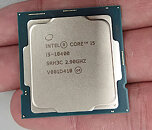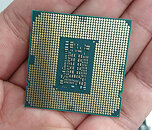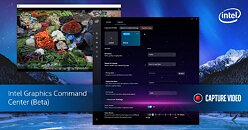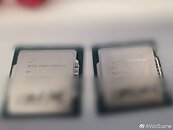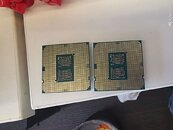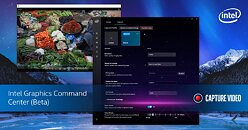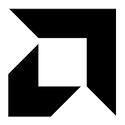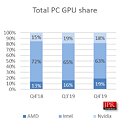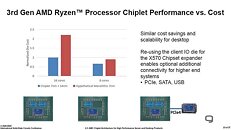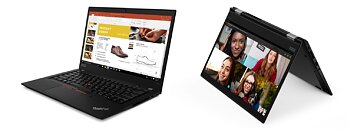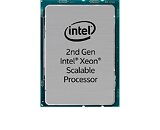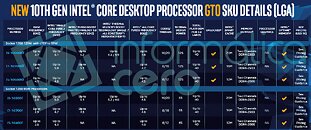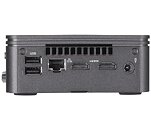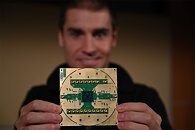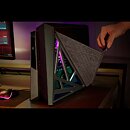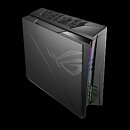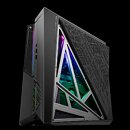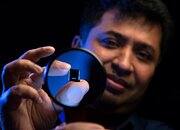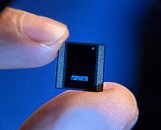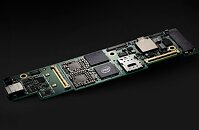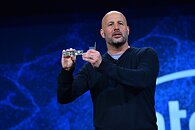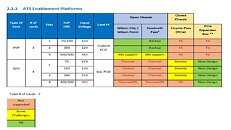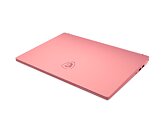
Pricing for Intel's Entire Upcoming 10th Gen Comet Lake CPU Lineup Leaked?
A Dutch website has listed what seems to be the entirety of Intel's upcoming 10th gen CPU lineup, with prices to boot. Of course, we have to take these listings with various grains of salt: e-tailers are known to sometimes display higher pricing than the manufacturer's MSRP when products still haven't been listed on other websites.
The listing below showcases model number and pricing for each Intel processor. Should this pricing actually come to pass in a generalized way, we're looking at Intel's Core i9-10900KF processor (which is currently listed for €567.73 including 21% VAT) competing with AMD's closest-priced CPU Ryzen 9 3800X, which is already street-priced at €449. The Core i5 10400F, on the other hand, is listed at €196.99, which means it currently competes with AMD's Ryzen 5 3600X at €199.99. It remains to be seen which of these CPUs will win in a direct shootout. Remember that for US pricing you typically just swap out the € currency for $, and you've got your price estimate pretty close to final.
The listing below showcases model number and pricing for each Intel processor. Should this pricing actually come to pass in a generalized way, we're looking at Intel's Core i9-10900KF processor (which is currently listed for €567.73 including 21% VAT) competing with AMD's closest-priced CPU Ryzen 9 3800X, which is already street-priced at €449. The Core i5 10400F, on the other hand, is listed at €196.99, which means it currently competes with AMD's Ryzen 5 3600X at €199.99. It remains to be seen which of these CPUs will win in a direct shootout. Remember that for US pricing you typically just swap out the € currency for $, and you've got your price estimate pretty close to final.



